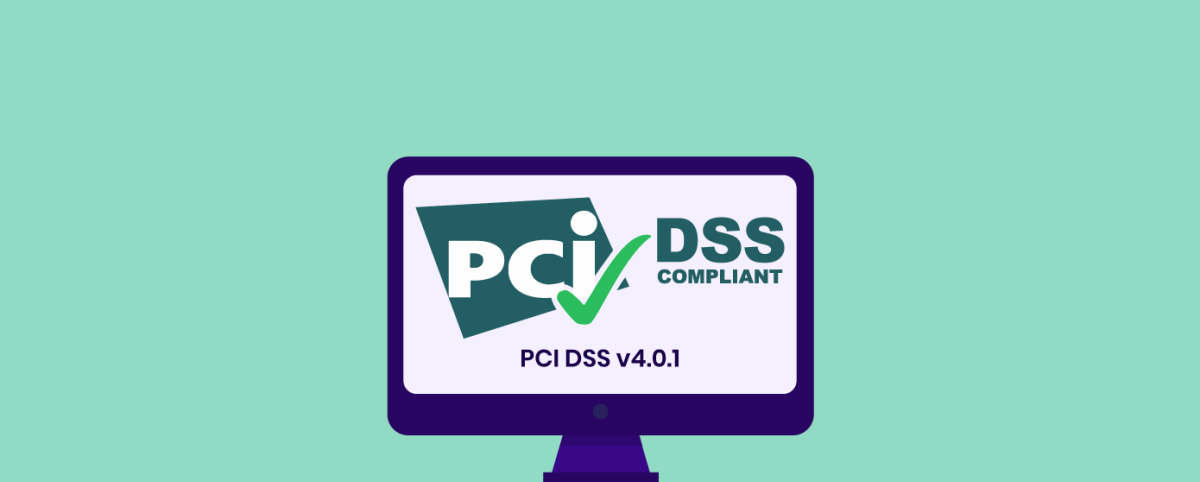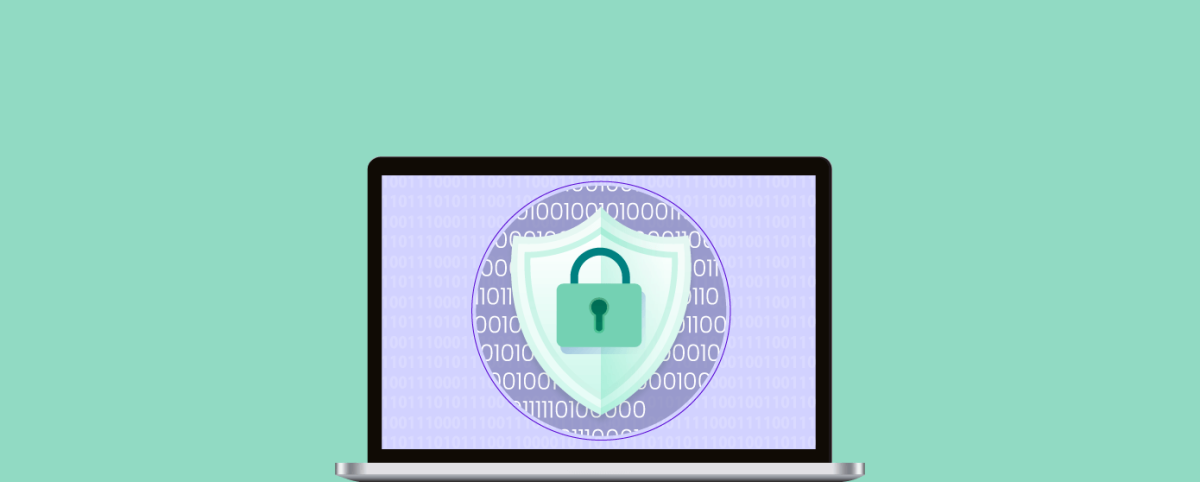How a WAF Helps You Meet Key Compliance Standards
Web Application Firewalls (WAFs) have emerged as indispensable tools not only for blocking cyber threats but also for supporting compliance across various industries and jurisdictions.
Whether you’re dealing with sensitive payment information, personal health records, or consumer data, a WAF can significantly simplify your compliance journey.
How WAF Helps with Compliance and Regulatory Standards
1. PCI DSS 4.0
The release of PCI DSS 4.0 marks a significant shift in the expectations around web application security. Requirement 6.4.2 of this new standard emphasizes the need for an automated technical solution that not only detects but also prevents web-based attacks on public-facing applications. In previous versions, organizations had the flexibility to rely on periodic vulnerability scans to identify potential risks. However, PCI DSS 4.0 removes this ambiguity and positions WAFs as essential to compliance.
- Requirement 6.4.1 outlines two paths, organizations can follow—either conduct manual or automated vulnerability assessments or implement a WAF to block known vulnerabilities.
- Requirement 6.4.2, on the other hand, mandates the use of an always-on, automated solution that continually monitors, logs, and mitigates threats. WAFs meet these criteria by offering real-time protection, audit log generation, and policy enforcement tailored to PCI DSS requirements.
This transition reflects a broader industry trend where regulatory bodies expect more than just annual checks—they want continuous monitoring and proof of active protection. A properly configured WAF that is regularly updated becomes a central compliance enabler under PCI DSS 4.0.
- Importantly, WAFs also extend protection to the client side, as required by Requirement 11.6.1, which focuses on detecting unauthorized changes in HTTP headers and content. Advanced WAFs support features like script monitoring, integrity checks, and enforcement of Content Security Policies (CSP), which are vital to defending against browser-based threats such as formjacking and malicious script injections.
With evolving threats targeting both server and client sides, WAFs become a core enabler for continuous compliance—ensuring that organizations not only meet PCI DSS 4.0 standards but also maintain robust, end-to-end protection of cardholder data
Learn how AppTrana WAAP supports continuous compliance with PCI DSS v4.0.1
2. HIPAA Compliance
HIPAA (Health Insurance Portability and Accountability Act) requires organizations to protect electronic Protected Health Information (ePHI) by addressing risks to its confidentiality, integrity, and availability. A Web Application Firewall (WAF) plays a key role in meeting these requirements.
- Integrity Protection: WAF helps maintain the integrity of ePHI (§164.312(c)(1)) by preventing unauthorized modifications or injections before they reach the application layer.
- Audit and Monitoring: WAFs support HIPAA’s auditing and monitoring mandates (§164.308(a)(1)(ii)(D)) by logging access attempts and security events. These logs provide detailed records that aid in incident response and demonstrate compliance during audits.
- Data Transmission Security: By enforcing secure HTTPS protocols, a WAF blocks unencrypted or weakly encrypted transmissions, ensuring compliance with HIPAA’s transmission security requirements (§164.312(e)(1), §164.312(e)(2)(i), §164.312(e)(2)(ii)).
Risk Analysis & Vulnerability Assessment: HIPAA also requires ongoing risk analysis (§164.308(a)(1)(ii)(A)), which is supported by AppTrana WAAP. Through dynamic application security testing (DAST), it continuously detects vulnerabilities, provides risk-based protection, and supports actionable remediation, helping organizations strengthen security while simplifying compliance.
Learn how a WAF works to protect your applications.
3. GDPR Compliance
GDPR focuses on protecting personal data and ensuring that it is handled securely throughout its lifecycle. Below are key GDPR requirements and how WAFs contribute to compliance:
1. Data Protection by Design and by Default (GDPR Article 25)
WAFs ensure that data protection is an integral part of an organization’s web applications, aligning with GDPR’s principle of “data protection by design and by default.” By continuously monitoring and blocking harmful traffic, WAFs reduce vulnerabilities that could compromise personal data, ensuring that privacy is embedded in application design.
2. Data Integrity and Prevention of Data Breaches (GDPR Articles 5 and 32)
WAFs provide a first line of defense against common web attacks that could lead to data breaches or unauthorized changes to personal data. Attacks such as SQL injection and cross-site scripting (XSS) are blocked by WAFs, ensuring that personal data remains confidential and intact, as per GDPR’s integrity and breach prevention standards.
3. Audit Trails and Monitoring (GDPR Article 30)
GDPR Article 30 mandates organizations to maintain records of processing activities, which include detailed logs of how personal data is accessed and processed. WAFs contribute to this by generating audit logs that record all incoming traffic and security events, providing clear documentation for compliance audits. This monitoring ensures that organizations can demonstrate due diligence and quickly identify any security incidents, helping to meet GDPR’s auditing and monitoring requirements.
Explore how Deep Loss Protection safeguards data under GDPR.
4. FISMA / NIST SP 800-53 Rev. 5
FISMA requires federal agencies to secure their systems in line with NIST guidelines. NIST SP 800-53 outlines the specific controls.
WAF-Mapped Controls:
- AC-17 – Remote Access: Restricts and monitors remote access to ensure only authorized connections.
- AC-19 – Mobile Device Access: Limits high-risk traffic from mobile devices to reduce vulnerabilities.
- AU-2 / AU-6 – Audit Logging and Review: Logs attack attempts, blocked requests, and admin changes for audit support.
- CA-7 – Continuous Monitoring: Provides real-time application-layer threat detection and alerts.
- IR-5 – Incident Monitoring: Flags suspicious activity early to support response teams.
- SI-4 – System Monitoring: Inspects HTTP/HTTPS traffic for malicious behavior.
- SC-7 – Boundary Protection: Acts as a boundary defense by filtering and enforcing web security controls.
- SC-28 / SC-28(1) – Data Protection: Enforces HTTPS and protects sensitive data in transit.
Learn how AppTrana WAAP helps ensure NIST SP 800-53 Rev. 5 compliance
5. ISO/IEC 27001:2013
This global standard helps organizations secure sensitive information through a structured ISMS.
Relevant Clauses & WAF Benefits:
- A.12.4.1 – Event Logging: WAF logs all requests, blocked threats, and user actions.
- A.16.1.4 – Incident Assessment: Enables detection and quick response to application-level threats.
- A.9.4.1 – Access Control: Enforces rules to restrict access based on IP, headers, or geolocation.
WAF Use Cases:
- Blocks attacks like SQLi, XSS, and remote file inclusion.
- Aids compliance with detailed logging and monitoring.
- Applies granular access controls at the app layer.
6. SOX Compliance
SOX enforces internal controls to ensure the accuracy of financial disclosures.
Relevant Sections & WAF Contributions:
- Section 302 – Financial Reporting Oversight: WAF monitors unauthorized access to web-based financial systems.
- Section 404 – Internal Controls: Helps enforce application-level controls over financial data flows.
- Section 409 – Real-Time Disclosure: Detects and alerts on suspicious behavior, aiding timely incident reporting.
7. SOC 2 Compliance
SOC 2assesses cloud service providers on five trust principles: Security, Availability, Processing Integrity, Confidentiality, and Privacy.
WAF Use Cases:
- Blocks unauthorized data access and application exploits.
- Protects availability against DDoS and similar disruptions.
- Inspects and masks sensitive user data to prevent leakage.
- Logs interactions with sensitive inputs for audit trails.
8. NIST Cybersecurity Framework
The NIST CSF provides a high-level structure built around five core functions.
WAF Mapping to Core Functions:
- Identify: Maps attack surfaces and identify vulnerabilities.
- Protect: Uses rules and signatures to block threats.
- Detect: Flags anomalies in real time and notifies teams.
- Respond: Supports incident management with actionable logs.
- Recover: Enables traffic rerouting, error handling, and continuity with zero-downtime mitigation.
9. ISO/IEC 27701
This standard extends ISO 27001 to address privacy and personal data protection.
Key Clauses & WAF Support:
- 6.2.1 – Risk Treatment for PII: WAF blocks and masks sensitive data to reduce privacy risks.
- 8.2.2 – PII Protection: Shields personal data within applications from exploitation.
- 8.2.3 – Monitoring: Logs data flows and user activity for privacy audits and assessments.
10. FedRAMP
Securing Cloud Services for U.S. Federal Agencies
FedRAMP mandates strict security assessments for cloud services using NIST SP 800-53 controls.
WAF-Relevant Controls:
- SC-7 – Boundary Protection: Acts as a perimeter defense for cloud-hosted apps.
- SI-3 – Malicious Code Protection: Filters out malicious code and injection payloads.
- AU-2 – Audit Events: Provides detailed logs to support FedRAMP’s reporting and audit requirements
Discover in detail how AppTrana WAAP supports FedRAMP compliance
Ensure Seamless Compliance with AppTrana WAAP
AppTrana WAAP offers a comprehensive security solution that aligns with multiple regulatory controls, ensuring continuous protection, effective risk management, and streamlined compliance efforts.
For organizations managing sensitive data, critical infrastructure, or operating within regulated environments, leveraging AppTrana WAAP provides proactive defense against cyber threats while simplifying compliance with industry standards.
Stay tuned for more relevant and interesting security articles. Follow Indusface on Facebook, Twitter, and LinkedIn.


 April 25, 2025
April 25, 2025






